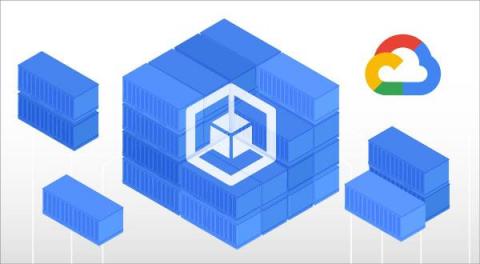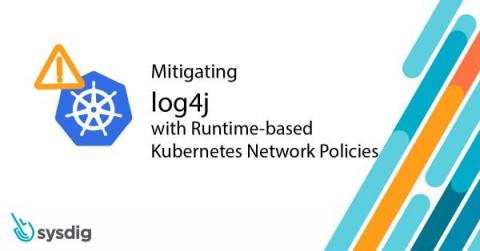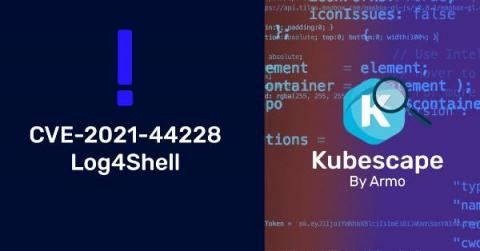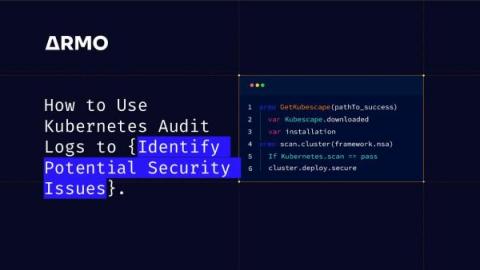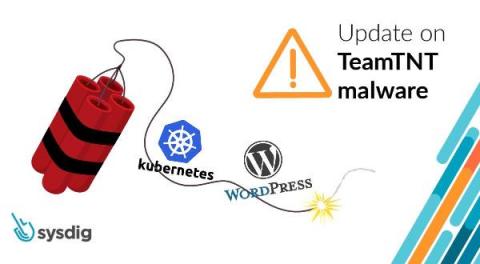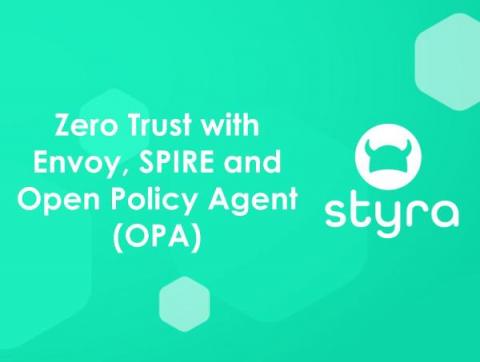2022 Cloud-native Trends: Need for AuthZ and OPA Will Grow
It’s that time of year again — full of ugly sweaters, holiday cookies and technology predictions (cloud-native style)! Last year, we predicted that we’d see continued Kubernetes adoption, focus on DevSecOps in organizations and open source dominance. This year, we sat down with our co-founder and CTO, Tim Hinrichs and our CEO Bill Mann to hear a few of their predictions for the open source and cloud-native authorization market.



